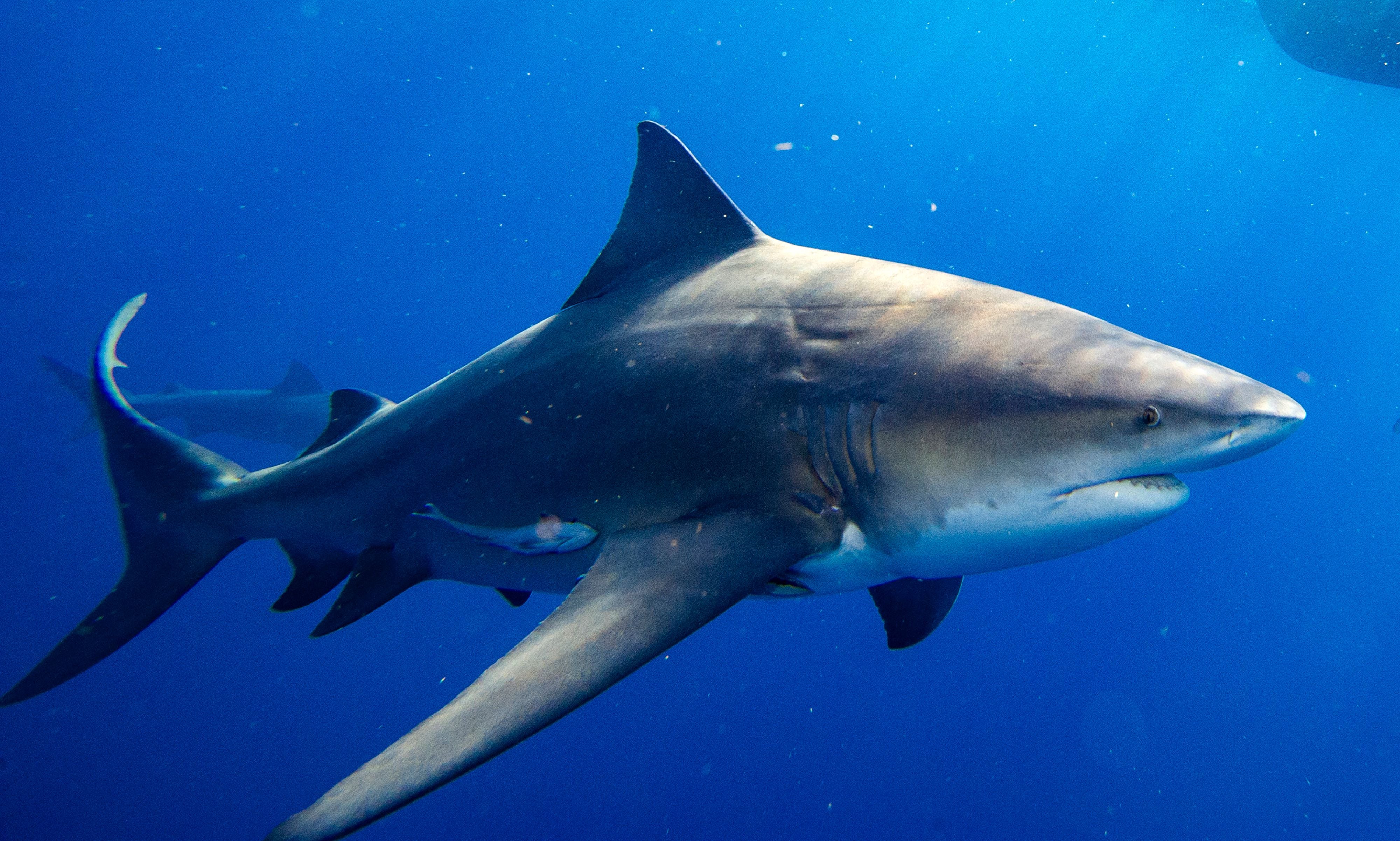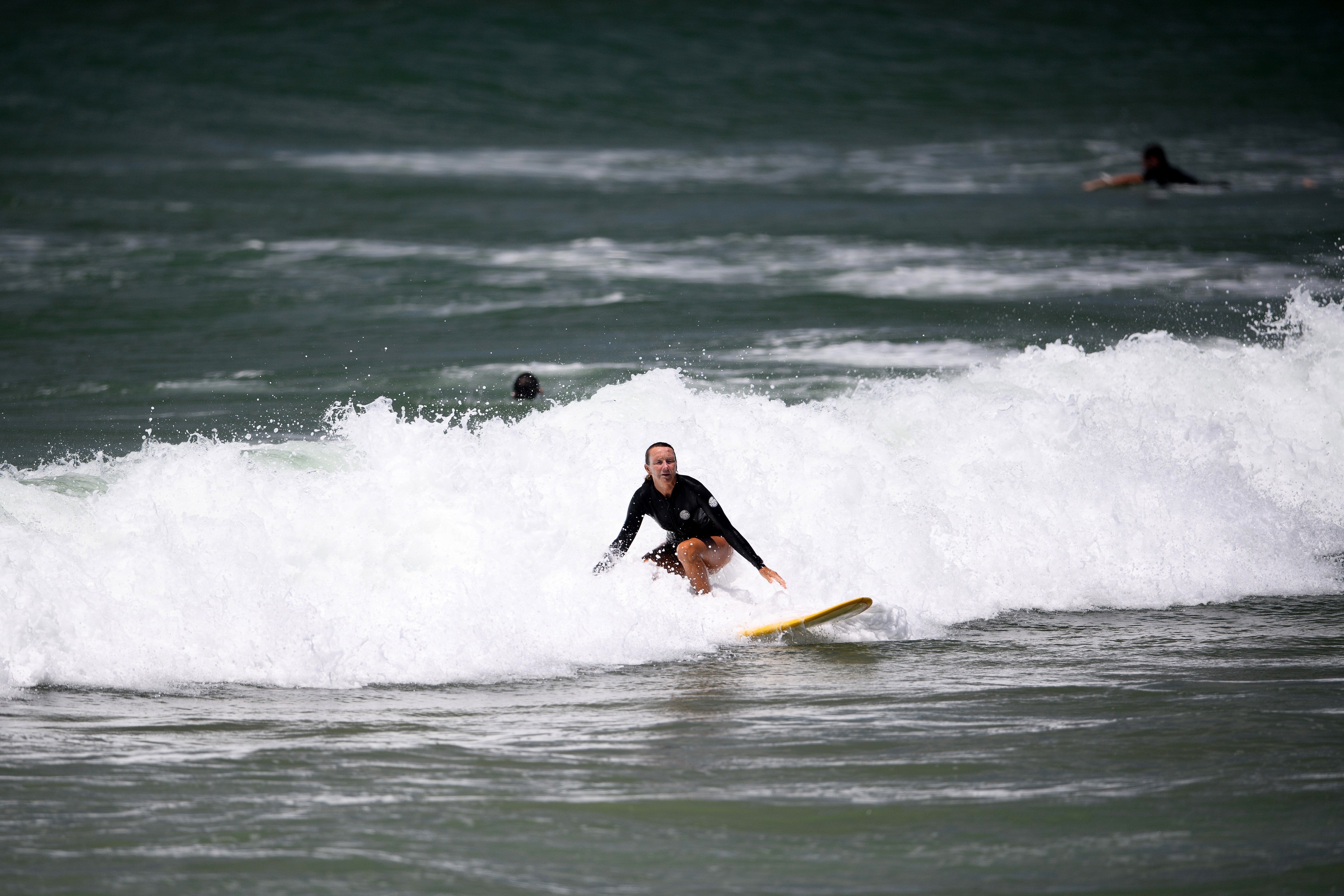The number of shark bites recorded around the world last year is markedly down from 2023.
In 2024, there were only 47 unprovoked attacks, down by 22 from the previous year and well below the 10-year average of 70. Fatalities were also down, with deaths reported in just four of last year’s attacks. One of those was in Hawaii: the only unprovoked fatality in the U.S.
The Florida Museum of Natural History’s International Shark Attack File database – the world’s only scientifically documented and comprehensive database of all known shark attacks – keeps track of the incidents.
Last year, International Shark Attack File Director Dr. Gavin Naylor told The Independent that it had been “a fairly low incident year.”

But, the reason for the shift remains as murky as the increasingly warming ocean waters, that often send sharks closer to shore. Record temperatures along the Gulf Coast helped to fuel last year’s major hurricanes.
Still, the U.S. had the highest number of unprovoked bites, with 28 reported incidents.
Florida made up half of those bites, with eight in Volusia County, home to Daytona Beach. The county is unofficially known as the shark bite capital of the world. Many bites there were likely from juvenile and breeding blacktip sharks, which don’t yet have the ability to distinguish between humans and prey.
Bull sharks and tiger sharks are common along the state’s northern coast, but environmental conditions may have allowed their prey to swim closer to shore. Dune lakes that regularly dump freshwater into the sea were reportedly blocked when the attacks occurred.
Hawaii and Texas tied with the next highest counts with four each. California, North Carolina and South Carolina each reported at least one shark attack.
Last year, there were nearly 70 unprovoked shark bites on humans. Of those, the U.S. saw 36, with two deaths. The tally was considerably higher than 2022, although incidents off the coast of the U.S. were slightly lower.

During the Fourth of July weekend, six people were injured by sharks around Padre Island, Texas, and in Florida. While initial reports of the Padre Island bites had speculated that a single shark may have been responsible, Naylor explained that more people should take climatic conditions into account.
“We can’t preclude that it was the same animal, but what’s often overlooked is that the same climatic conditions that bring people into the water are the same conditions that bring sharks closer to shore,” Naylor explained in a Tuesday statement.
“This naturally increases the likelihood of human-shark encounters,” International Shark Attack File manager Joe Miguez said. “In the case of the Padre Island incidents, it is much more plausible that multiple sharks were present in the area, responding to the same environmental cues.”
If there’s one shark nearby, there are likely others in the area.
Naylor previously told The Independent that around 60 percent of unprovoked shark bites in the database are in low visibility water.
“That suggests that these animals are making a mistake,” he said.
Still, the chances of actually being bitten remain slim. People are more likely to die in an incident involving a champagne cork or be struck by lightning than die from a shark attack.
Humans, however, kill some 100 million sharks every year. They’re murdered for their fins, meat, and organs.




